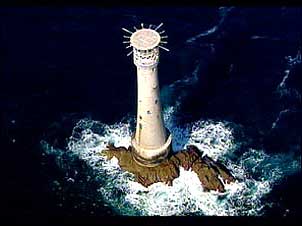
GWENNAP PIT by Ruth Tremayne Harry
With photos by Terry Harry It’s the heart of the Methodist worldWhere John Wesley made his markAnd as the people came to listenSomething profound had

With photos by Terry Harry It’s the heart of the Methodist worldWhere John Wesley made his markAnd as the people came to listenSomething profound had
Cornwall was indeed a Dark Ages kingdom. Its last king, Doniert, contrived to drown himself in the 10th century and an inscribed stone still stands

It was nearly 3pm on Monday 20th October 1919, when the man engine at Levant mine on the cliffs near Pendeen snapped and the second

Just four miles from Helston, on the main road to Penzance, you will pass through the village of Breage. On your right, as you come
Thomas Shaw, is a Methodist Minister, and a Bard of the Cornish Gorsedd (Ystoryer Methodysyeth). He’s the former general secretary of the Wesley Historical Society,

An article written in 1993 for Cornwall Today by Craig Weatherhill who sadly died in July 2020. Craig was himself a Cornish Legend, his books
I had heard of the dark and mysterious chambers penetrating deeply into the hillsides of the Carnmenellis granite area, which lies between Redruth and Helston.
Years ago, long before the arrival of radio or TV, Cornish folk often entertained each other by telling a tale. On dark, cold winter nights

For 150 years the light from the Bishop Rock lighthouse has warned the mariners to steer clear of the rocks or “fangs of Scilly”. The

It was the siege of Lyme (now Lyme Regis) by a Royalist army under Prince Maurice that caused the Earl of Essex to set off
When articles or books are written about the history of a Cornish mine or some aspect of Cornish mining, the subject matter mostly concerns the
Robinsons Shaft is extremely old. It was started in the late eighteenth century and was down to the 36th fathom level by the early years
There is one name that appears more often than any other when tales of old Cornwall are told. That is the famous Vicar of Morwenstow,
The steam trains of the Great Western Railway are now very much a feature of the past. Memories linger of snug compartments featuring elongated sepia